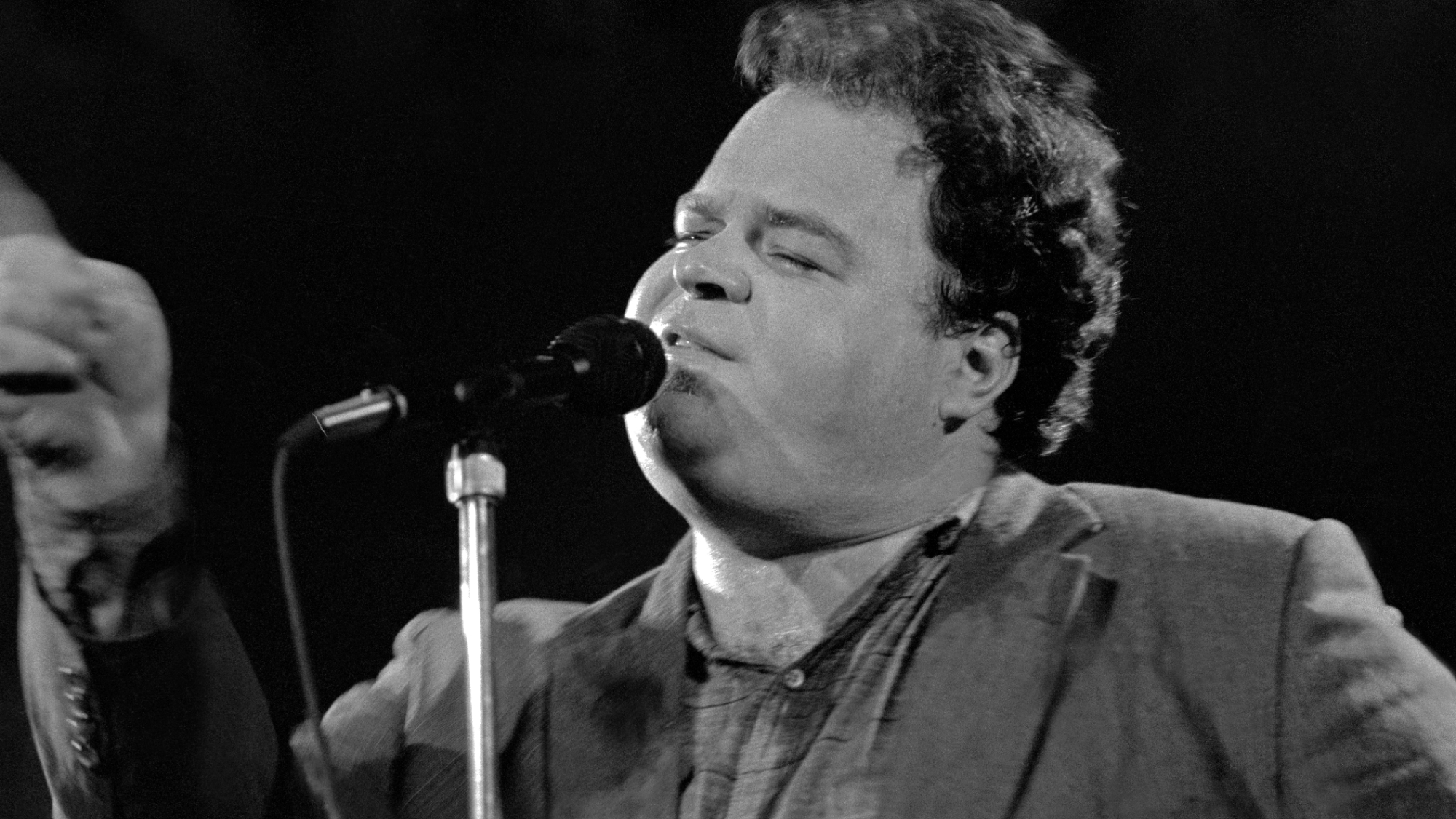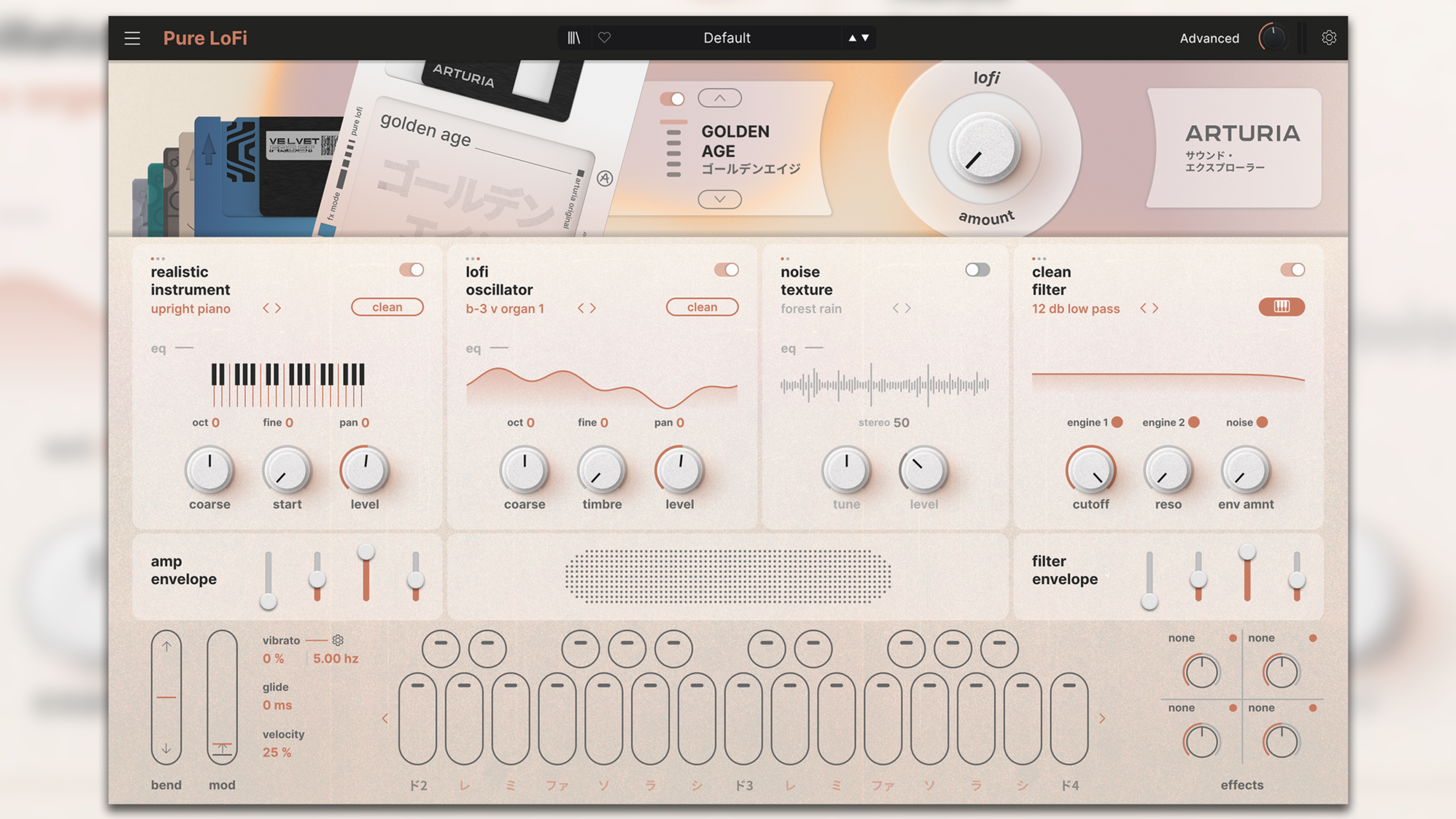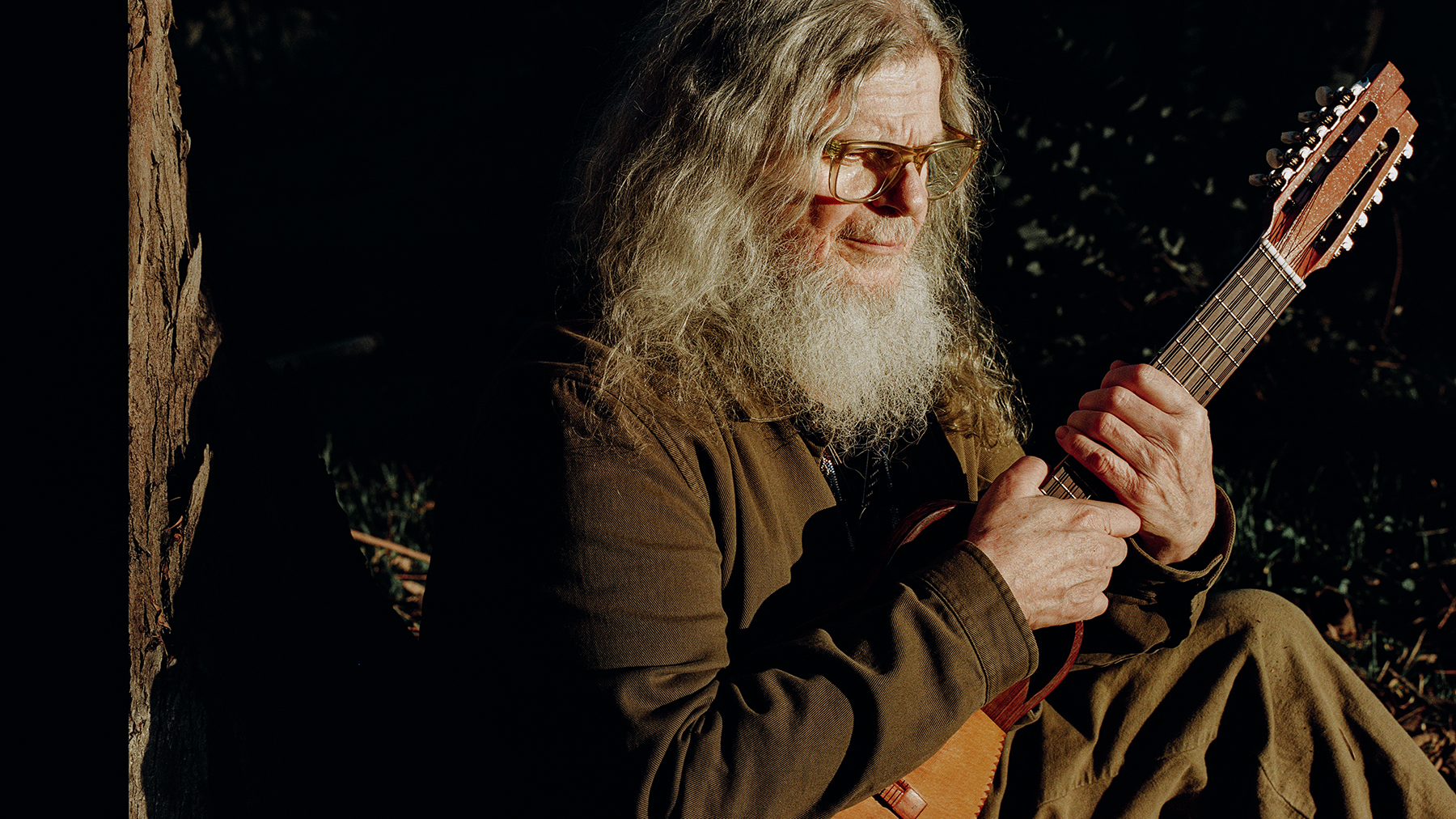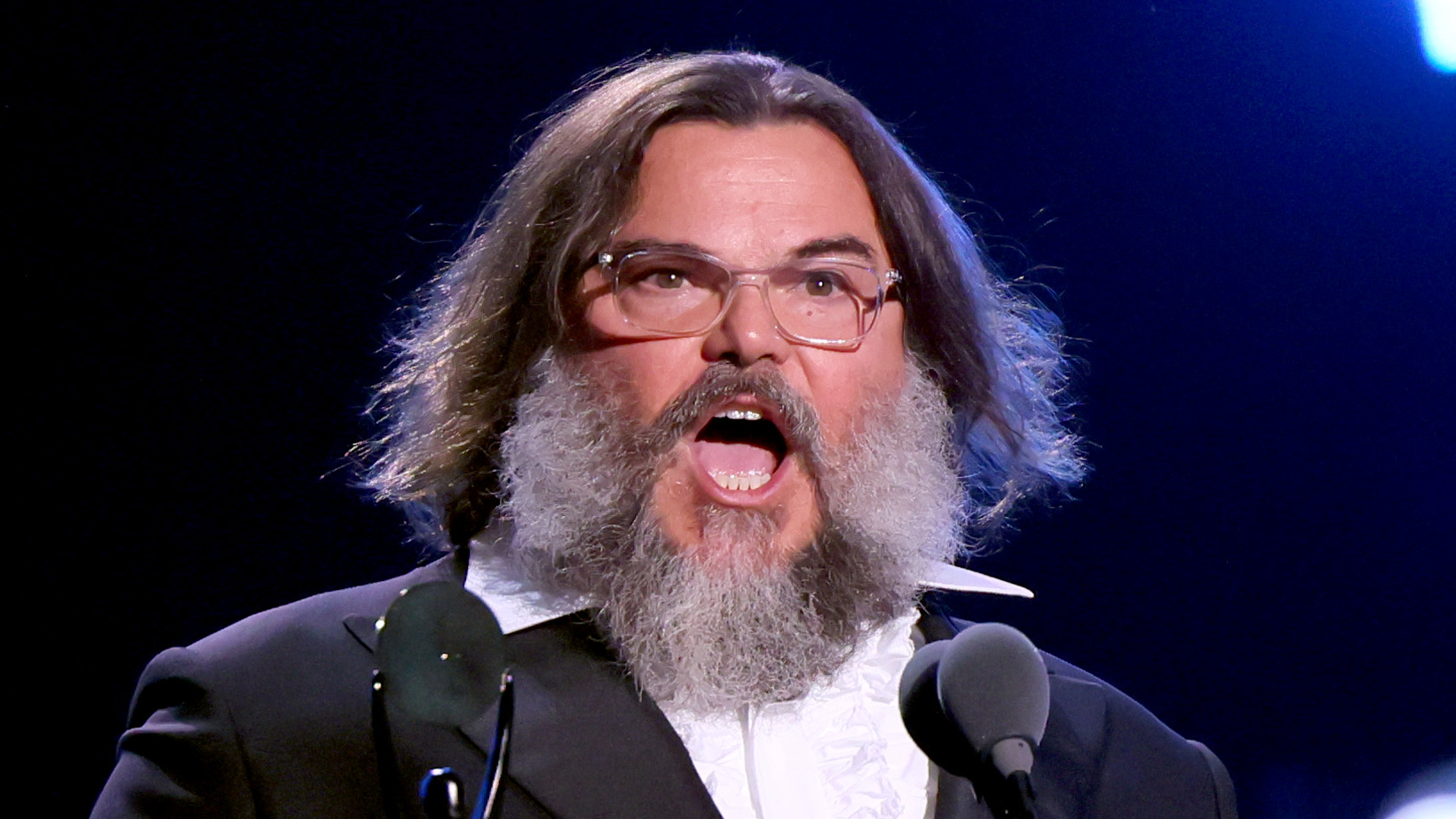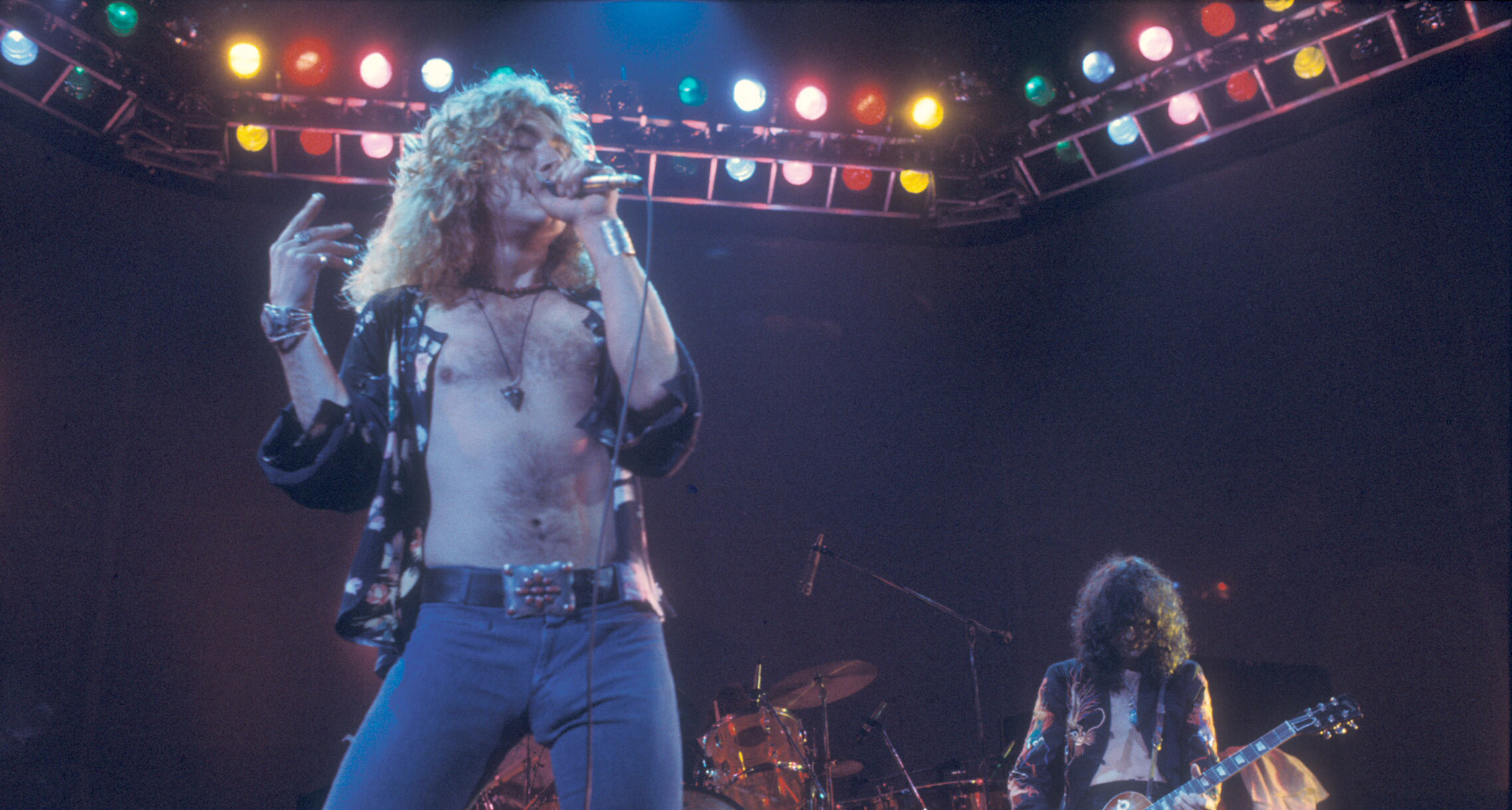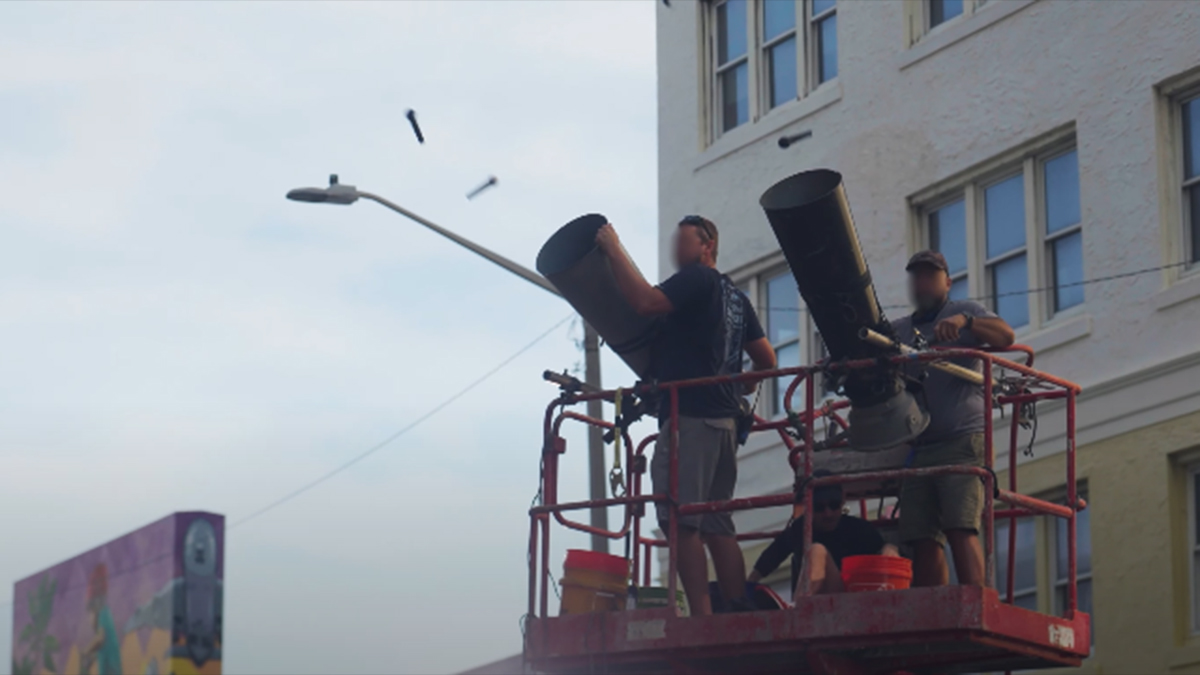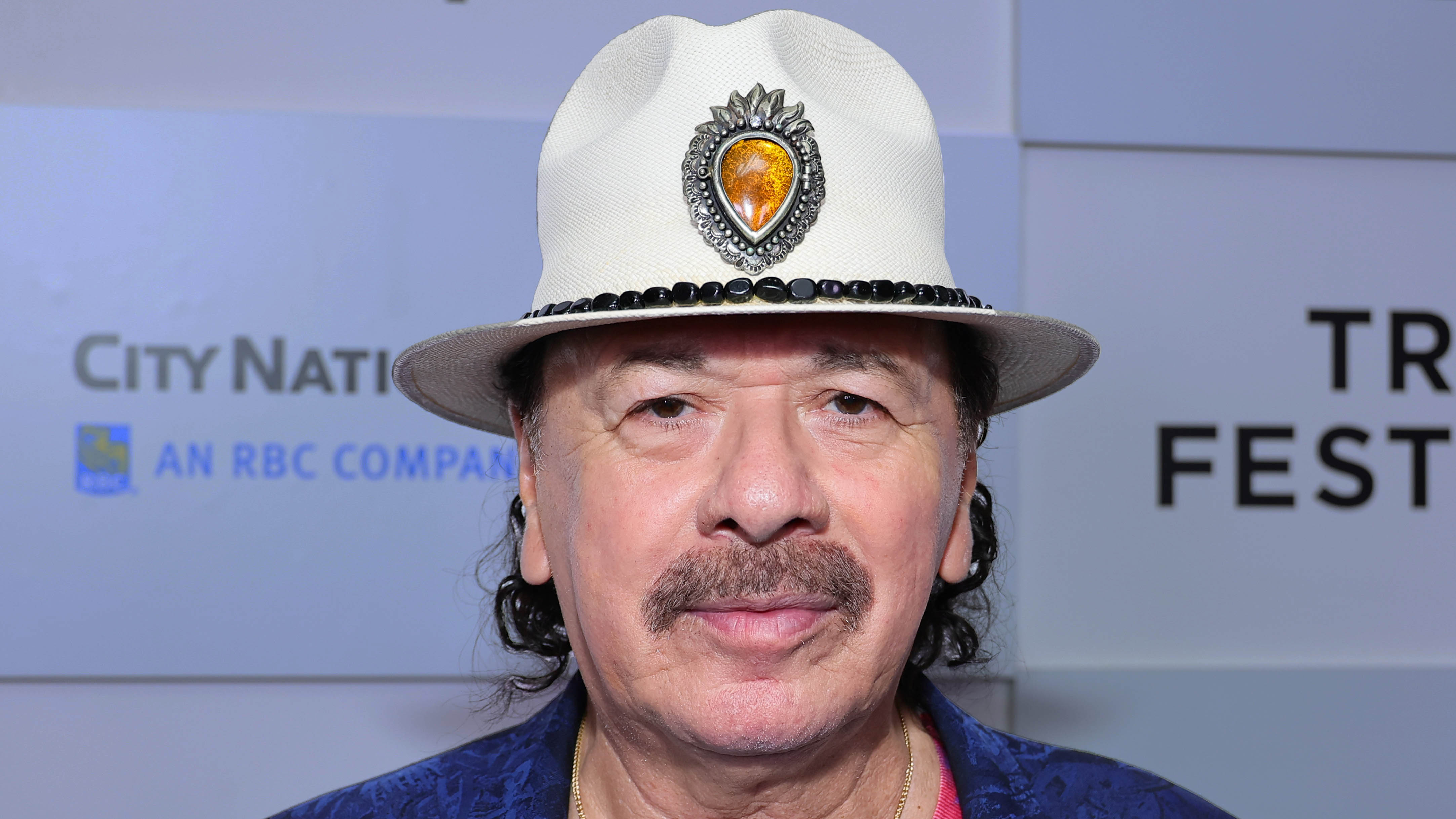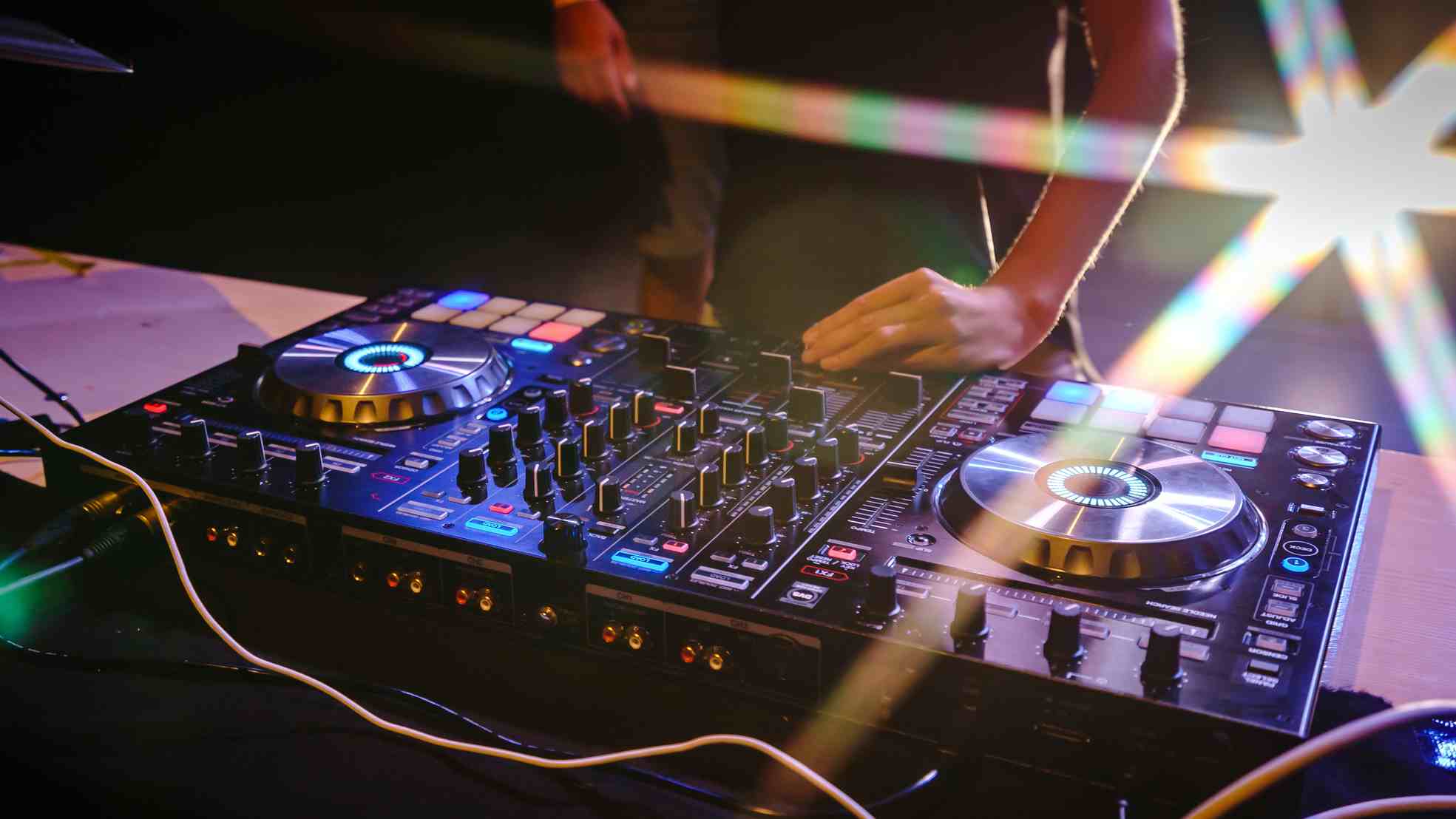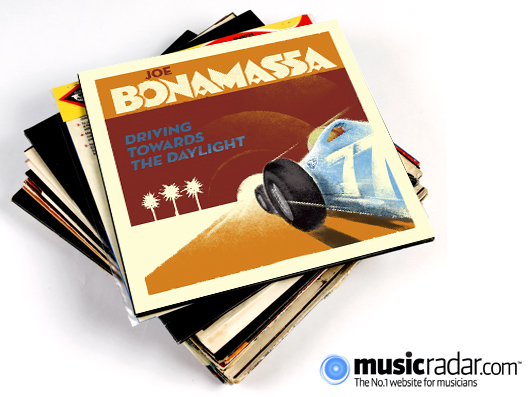
Joe Bonamassa on Driving Towards The Daylight
"Some albums fight you. You get stuck on something – a sound, a solo, a song – and before you know it, you're having a knock-down-drag-out brawl with yourself. Not that the sound of struggle is a bad thing; in fact, most of the time it makes for great music. But you don't want to beat up on yourself for no reason.
"Driving Towards The Daylight fell into place pretty easily. It was kind of just meant to be. We did it in two sections – one in August of 2011 and another in February of this year. We did a lot of recording at the Studio at The Palms in Las Vegas. It had been seven years since I did an album there, and the vibe was great – I could tell from the first downbeat that everything was going to sound amazing.
"When I go in to make a record, I do a little word association thing. It sort of sets the tone for what will unfold. The Ballad Of John Henry was 'swampy.' Black Rock was 'worldly.' Dust Bowl was 'Americana.' The word for this album was 'blues.' I had done enough records with bouzoukis and weird stuff. It was time to get back to my roots. [producer] Kevin [Shirley] and I looked at each other and said, 'Let's do a blues record' – meaning our definition of the blues.
"Guitar-wise, I had a nice cast of characters: my two '59 Les Pauls and my '60 Les Paul. Some friends loaned me a few wonderful Teles and a couple of other guitars. It was a vintage collector's dream. I kind of looked around and said, 'Man, if I screw this up, I really suck!'
"Brad Whitford played on the album, and he was awesome. I met Brad through his sons, who I'm friends with, and Kevin Shirley knows him from working with Aerosmith. He came to Vegas, brought his gear, and we had a terrific week together. We speak the same language, Brad and I, all that British blues from the '60s. He's so gifted – a joy to work with.
"Even though this album is the sound of me getting back to basics, it's an adventurous record. From the originals I wrote to the cover tunes that we selected, I was inspired throughout. You can't fake inspiration – either it's there or it's not. I'm very pleased to say I was feeling it all the way."
Joe Bonamassa's Driving Towards The Daylight will be released on 22 May. On the following pages, he discusses the record track-by-track.
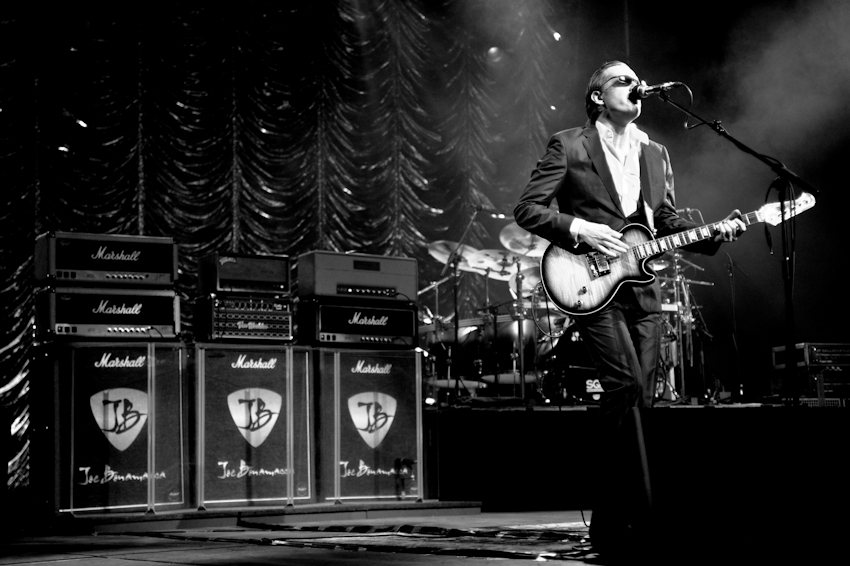
Dislocated Boy
“The song wrote itself, which is always a good sign. I had the chorus – the words just came to me – and then I made a quick demo. The worst thing you can do is overthink a song when it's hitting you like that.
“It’s funny when the words just appear – you want to assume that something is deep and meaningful, something out of your subconscious. But really, I have no idea where it all comes from sometimes.
“I'm playing my ’59 Les Paul, the ‘Skinner Burst’ number 9-1951. I put it through a Marshall 2555, basically a black version of the Jubilee, and a Dumble that a friend had loaned me. Great sound.”

Stones In My Passway
“This was Kevin’s idea. I liked it because it’s not one of the more well-worn Robert Johnson songs. We did it in a really messed-up way, on the twos and fours, which threw me for a loop for a while until I was able to get my head around it.
“It’s something of a Zep-y feel. Kevin felt it like that, but I didn’t. At one point I almost threw my hands up in the air and said, ‘I can’t. I can’t do it like this. I don’t feel it.’ And then, suddenly, I got it – with the help of [drummer] Anton [Fig], who cued me in the breaks.
“I played slide on the song. That’s an old ’67 EDS-1275 double neck - I’m doing the slide on the 12-string neck. To me, it’s kind of like ramped-up Lead Belly.”

Driving Towards The Daylight
“I had this chorus for about 10 years. I wrote it with Danny Kortchmar, who’s been a part of so many amazing records. It was strange: I could never figure out what to do with the chorus – it was always around. Seventeen variations of this song later, I decided to do it as a ballad… and I remembered that chorus.
“That’s when it all clicked, and from that point on, the song took care of itself. I wish I could bottle that feeling, that moment of inspiration, because I’d use it every day.
“Lyrically, I think the song is about closure and my relationship with my ex-girlfriend. It was a tumultuous love/hate thing, but yet you still love her – to death. Holding on to some of that and having it follow you around – it’s in there.”
Download the song Driving Towards The Daylight here.
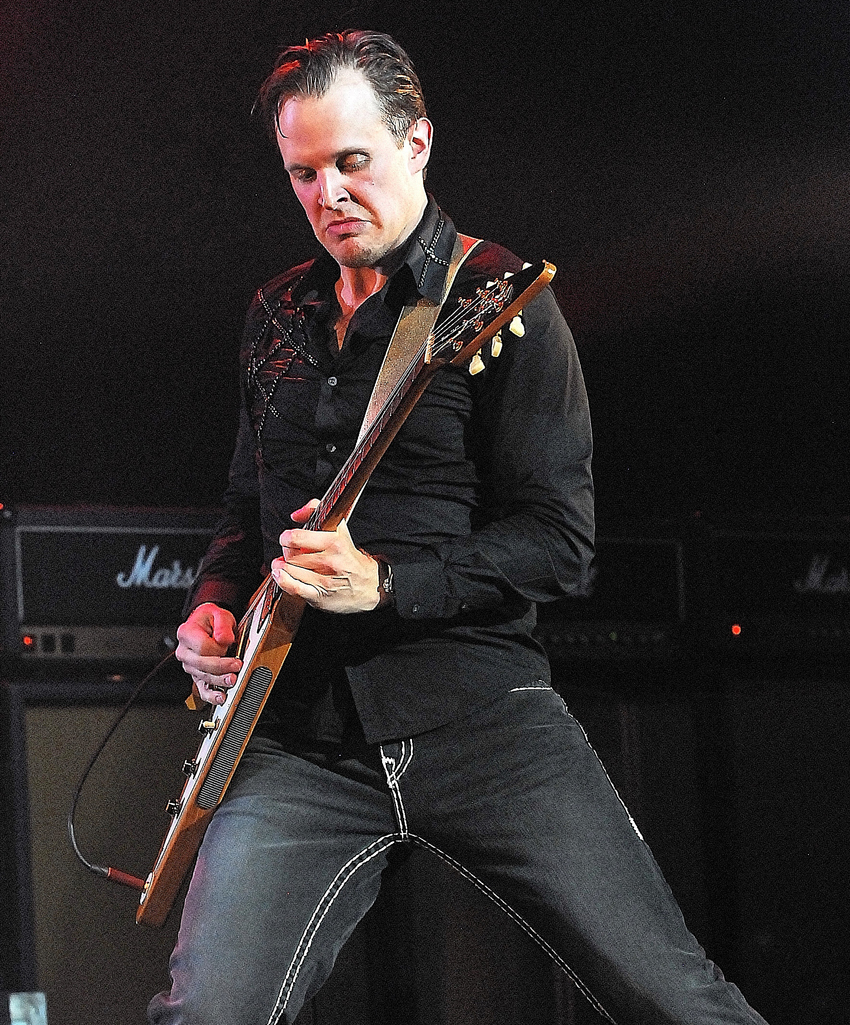
Who's Been Talkin'?
“The Howlin’ Wolf sample at the beginning is what makes it for me. That’s him telling Anysley Dunbar how it should feel, but Anysley never felt it the way Howlin’ Wolf did. Basically, we started there and let him guide our band.
“It’s so funny because all of this pre-dates Zeppelin. Yet, when you hear that riff, what does that sound like? It sounds like Whole Lotta Love! But no one knows that it's Howlin' Wolf. They hear snippets of this song and they go, ‘So you’re doing Howlin’ Wolf but you’re also doing Whole Lotta Love.’ No. Howlin’ Wolf did this first.
“I played my plain top ’59 Les Paul, and my friend John McCalister loaned me his ’66 Bluesbreaker Combo, which is awesome. It’s the best one I’ve ever played. I also used an old Fender Reverb Spring – a 1962, I think – which gave off some nice splashiness.”
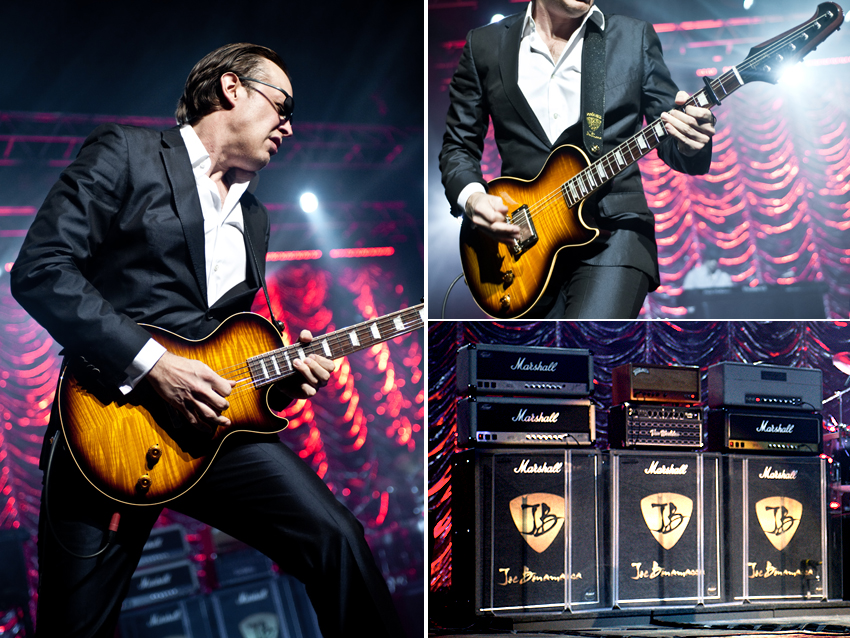
I Got What You Need
“Willie Dixon. Originally, I heard this song when Coco Taylor did it. I’m a big fan of that greasy Chicago shuffle. Plus, it’s just a good lyric – and that’s the hardest thing with a shuffle, to find a good lyric.
“I wanted to do a British version of it, as if I were one of the Bluesbreakers. ‘What would they have done with this song in 1967?’ – that’s what I asked myself. A lot of times, I have that kind of concept in my head: ‘What would Clapton have done?’ ‘What would John Mayall and Peter Green have done?’
“There’s a company called Lazy J, and they have these high-powered Tweed Twins. I used two of them and turned them both to 10. Well, they go to 12, but I turned them up to where the distortion felt right. They’re awesome amps, truly great.”
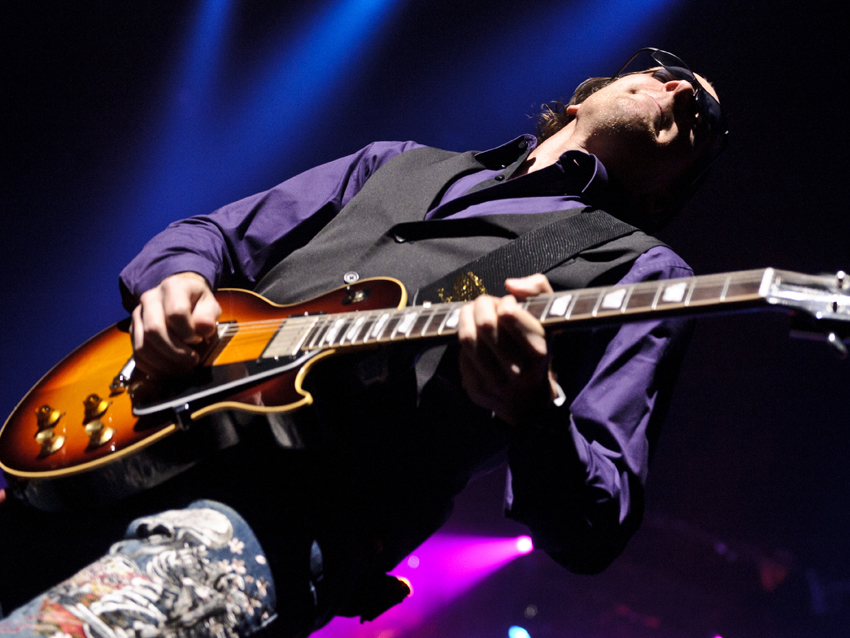
A Place In My Heart
“My friend Bernie Marsden from Whitesnake wrote this. He and I have been threatening to do something together, but this song popped up and I said, ‘It’s perfect. No need to collaborate. We’re in, let’s do it!’
“It’s sort of Bernie’s tribute to Gary Moore. I took it and modified the lick to make it very much like something Gary would have played. So we’re both paying our respects. When I played the solo, I closed my eyes and definitely thought of Gary.
“For the wah, I used one of the prototypes that Jeorge Tripps built for my signature wah pedal. I’m real happy with how this came out.”
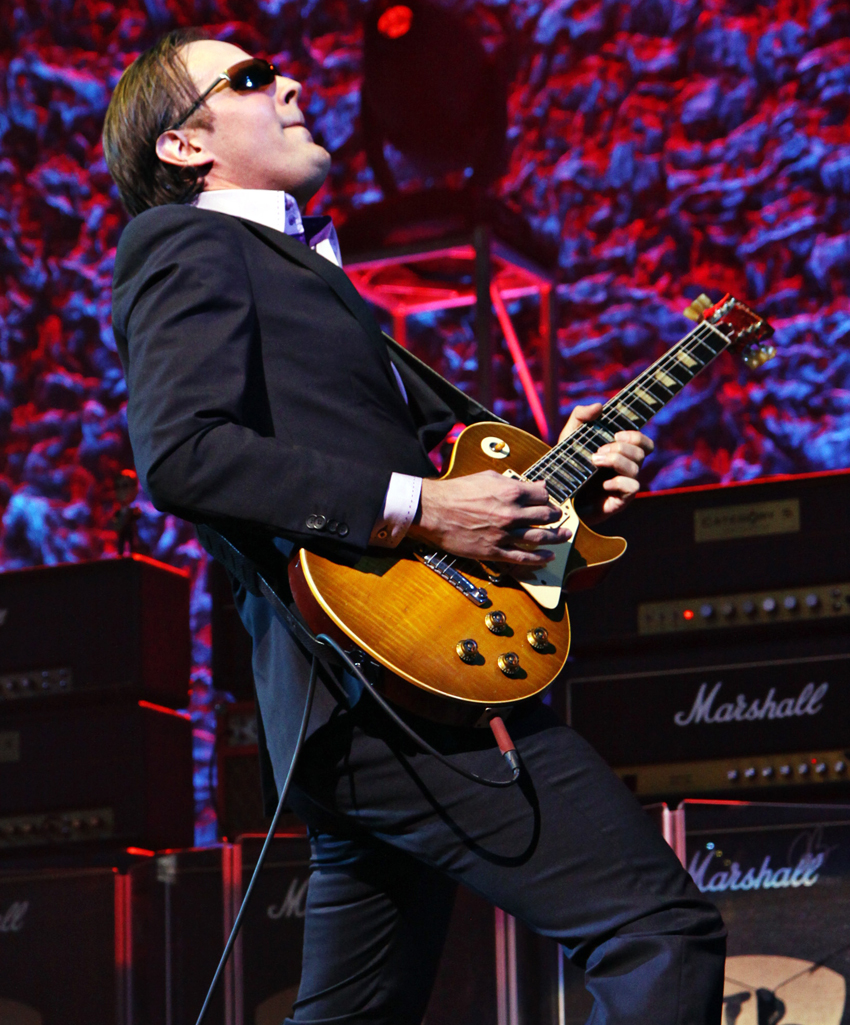
Lonely Town Lonely Street
“Bill Withers. A great song – cool uptempo vibe, good lyrics, it’s all there. I can’t say I changed it radically, other than I put a huge guitar solo on it and rocked it out. We stayed pretty true to the original.
“I love songs like this, where it’s a simple, one-chord thing. If you had to write the chord chart for it, you’d just write ‘B’ and maybe the V – that’s the whole ball game.
“The day we cut this, [keyboardist] Arlan [Schierbaum] and I had also did a version of Lazy with Jimmy Barnes for an Australian Deep Purple tribute record, so we were totally in the mode of throwing fours back and forth like we were Jon Lord and Ritchie Blackmore.”
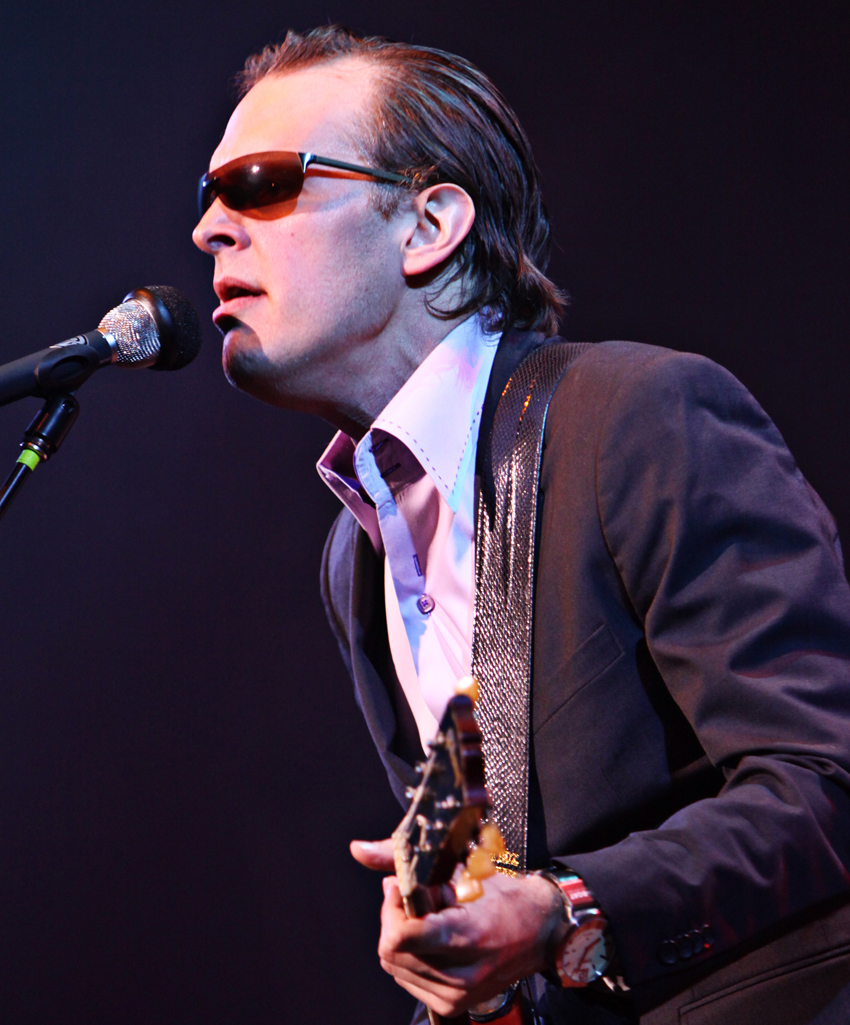
Heavenly Soul
“I’ve always liked John Mellencamp, so this is me trying to write something like Paper In Fire. I had this idea of writing a bluesy version of that – really snappy, really American, just a driving tune.
“The main chord pattern is a I to V, but it’s got a bit of that Knopfler thing to it. So I guess it’s a British version of Paper In Fire, if you want to get down to it. I wrote it about two weeks before the did the session in August. I don’t do big demos – I like to sing into the computer, just me and one guitar. I figure, if it works like that, it’ll sound great with a band.
“I used the ’67 double neck on the six-string neck, and I put it through the two Twins. No effects, just double ‘em up punchy and clean.”
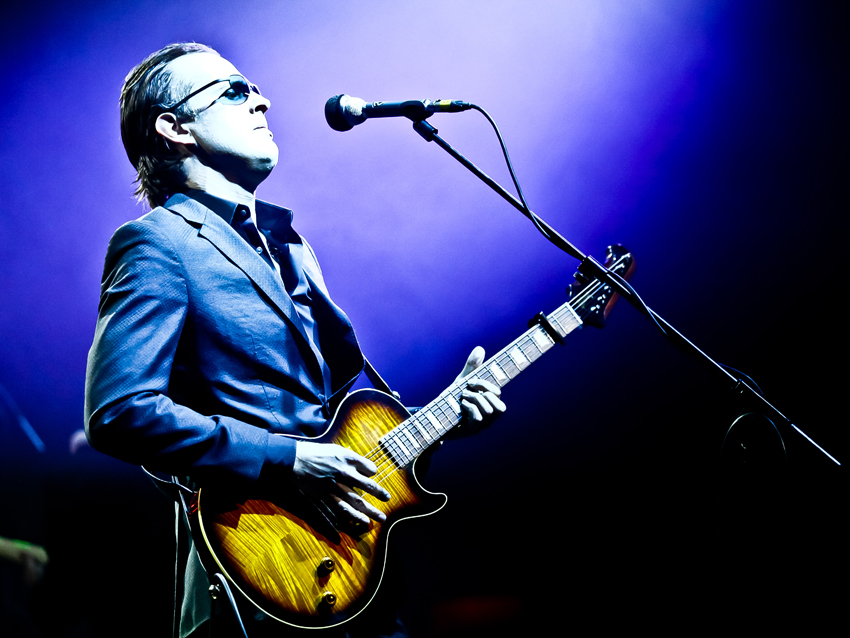
New Coat Of Paint
“This is Tom Waits. There’s not much to it, but Kevin wanted to do another song with a big guitar solo in it. It’s got a cool lyric. For me, the lyrics have to be there. Whether you’re doing a cover or your own song, they have to go deep.
“There’s some tremolo bits in the solo, and for that I used my ’60 Les Paul with the Bigsby. It’s an awesome guitar – immaculate condition, really clean, and the frets are really fresh. So, if I have any say over things, they won’t stay fresh for very long.”
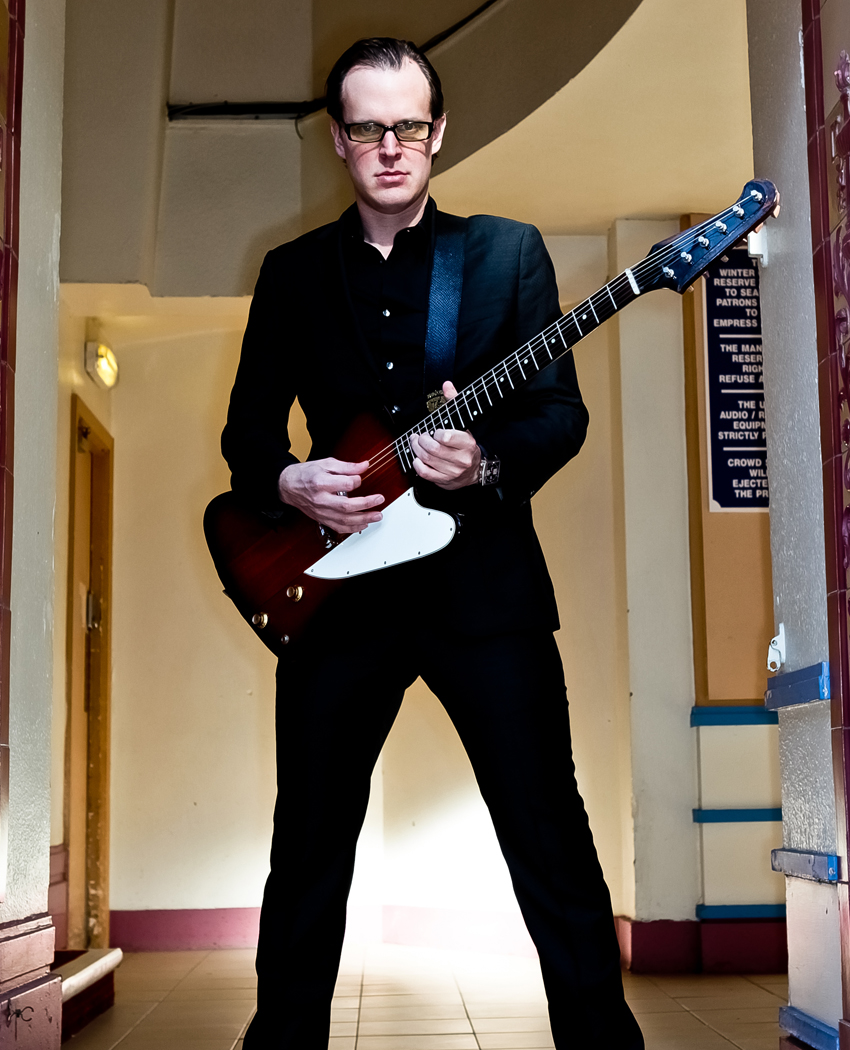
Somewhere Trouble Don't Go
“Buddy Miller wrote this. I’ve been a fan of his for a long time, and I met him last year when he was playing with Robert Plant. Kevin and I went to see the show in LA – he knows Robert, and I’ve gotten to know him a little bit. But the thrill of the night for me was meeting Buddy Miller.
“Originally, this was written as a gospel tune, and what I like about it is, you can take it either way. You can hear it in the religious sense or even a little blue. Great songs are like that – they mean different things.
“When I pick a cover, I don’t overthink it. It just has to work. If the song does something lyrically, if I can come up with a new angle on it, I'm going to go for it.”
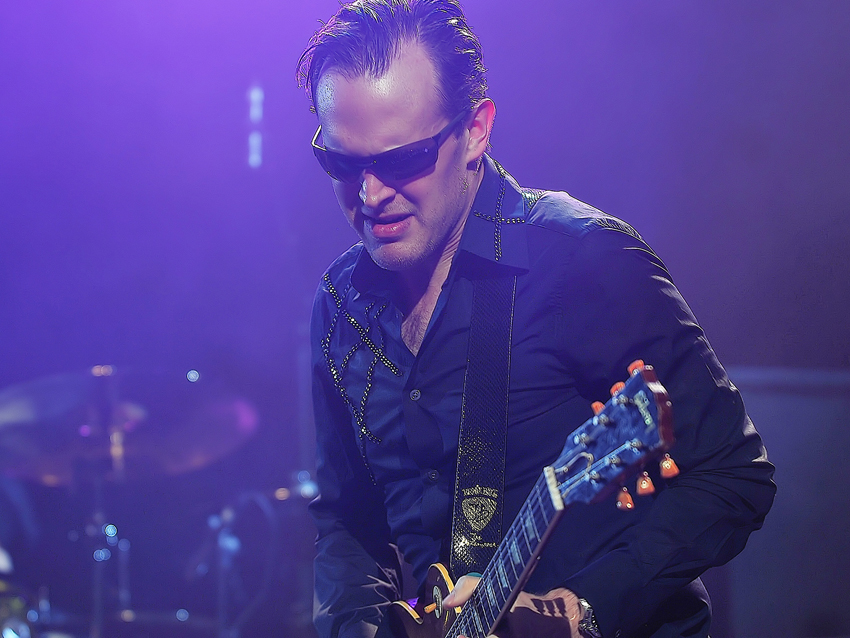
Too Much Ain't Enough
“One of Jimmy Barnes’ big songs, and he was kind enough to come in and sing it with me. Great voice. He’s one of those cats who’s just unbelievable all the time.
“A lot of people don’t know this, but Jimmy Barnes is a huge star in Australia. He’s mentioned in the same breath as Robert Plant and Mick Jagger – he’s that big.
“I’ve known about Jimmy for a while because our keyboard player is from Australia, and all Australian musicians know each other. We had a great time cutting the track. Jimmy came in, smiled a lot and did his thing. He liked what we did to the song because we made it bluesy. We made all the ‘80s synthesizers go away.”
Joe is a freelance journalist who has, over the past few decades, interviewed hundreds of guitarists for Guitar World, Guitar Player, MusicRadar and Classic Rock. He is also a former editor of Guitar World, contributing writer for Guitar Aficionado and VP of A&R for Island Records. He’s an enthusiastic guitarist, but he’s nowhere near the likes of the people he interviews. Surprisingly, his skills are more suited to the drums. If you need a drummer for your Beatles tribute band, look him up.
"At first the tension was unbelievable. Johnny was really cold, Dee Dee was OK but Joey was a sweetheart": The story of the Ramones' recording of Baby I Love You
"Reggae is more freeform than the blues. But more important, reggae is for everyone": Bob Marley and the Wailers' Catch a Fire, track-by-track
"At first the tension was unbelievable. Johnny was really cold, Dee Dee was OK but Joey was a sweetheart": The story of the Ramones' recording of Baby I Love You
"Reggae is more freeform than the blues. But more important, reggae is for everyone": Bob Marley and the Wailers' Catch a Fire, track-by-track

